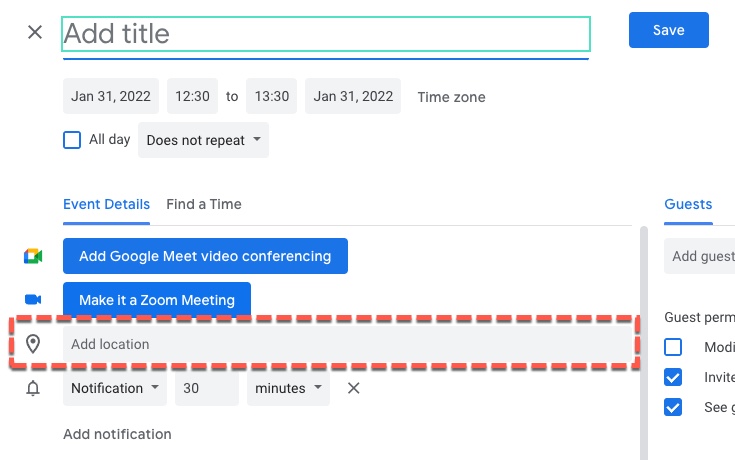

‘In “Spook Country,” you write about “locative art” - that is, viewing historical happenings and contemporary artistic images in situ through virtual-reality devices. I’ve been thinking about uses for GPS ever since I read Spook Country the excellent novel by William Gibson – theres a good review of the book & interview with the author here and I’ll quote a piece of the interview: There is more info here about the project as well as their other projects. The first sound from New Zealand was uploaded & geotagged by Grant Finlay its an Auckland suburban ambience with distant dogs, night crickets & some really creepy sounding frogs have a listen here! Grant also has a great blog of his recordings here.

get yourself a recorder, go out and listen… it’s not about music!… so please don’t send songs, your CD collection or some greatest hits! excessive workings or sound manipulations are also undesirable.

It then feeds it all back as a set of geotagged image files that can graphically pinpoint on a map the location where you took each picture (each as a placemark identified by a pushpin or inverse teardrop).This is one excellent project: Aporee Maps with GPS located field recordings!Īnd best of all, its an open project: “This project is about sounds in relation to spaces & places, the interferences of public sonic layers with our everyday life.
#HOUDAHGEO LOCATION FIELD SOFTWARE#
The associated software application looks at this data, together with the images taken during the same time period and along the same route, and digests all that information. Once you’re done logging the trip, you normally take the accumulated data and feed it into the computer via a USB cable. So, for the most part, it’s best to use this application, although there are other software programs available online (some as freeware) should this prove unsuitable to your needs. Topo USA 7.0 map view with geotagged images displayed.īy the way, if you stand still long enough, the device may record this as a lull in activity and even go to sleep, until awakened by your movements, thereby saving battery power.Įach geotagging device comes with its own dedicated software designed to immediately recognize the geotagger. This geographic data is initially garnered from a group of geostationary satellites that “talk” to the device, once it has established a GPS signal fix. Each point may also consist of altitude data (and possibly other related data, such as compass heading). The data log records latitude and longitude coordinates at predefined intervals of time and/or space. This device records a track log of your (and your camera’s) movements. First it requires the use of a GPS receiver/logger-a device familiar to many of you, except that this one is usually smaller than a cell phone and routinely lacks a color display. Yes, software is still involved, but it’s a largely painless procedure (when the software is well designed). Either approach is a rough approximation at best.Īlternatively, the process can be quite simple and largely automatic, involving just a few mouse clicks. It requires you to “physically” drop the photograph (usually a JPEG) onto a map at its geographic coordinates or to actually enter these coordinates.
#HOUDAHGEO LOCATION FIELD MANUAL#
The manual approach is the laborious route to geotagging images, involving the use of a software application or online photo-sharing site. © 2009, Jack Neubart, All Rights Reserved Satellite view of snapshots in Google Earth.


 0 kommentar(er)
0 kommentar(er)
